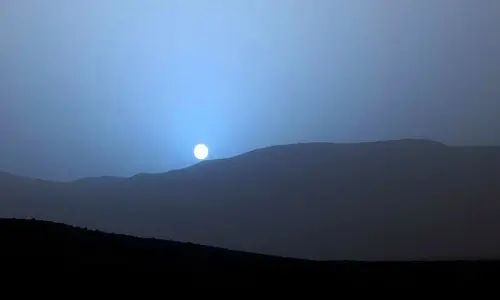
Mount Rainier’s Glacier-Capped Peak Poses Lahar Threat To Millions—Authorities On High Alert
Mount Rainier, standing majestically at 14,411 feet in Washington State, is not only a symbol of natural beauty but also a potentially devastating geological hazard. Crowned with over two dozen glaciers, it is the most heavily glaciated peak in the contiguous United States. While its icy summit and scenic slopes draw thousands of hikers and tourists each year, scientists and emergency planners have long warned of a hidden threat: lahars. These destructive volcanic mudflows, triggered by melting ice and volcanic activity, could race down the mountain’s river valleys at terrifying speeds—placing over a million people in surrounding communities in grave danger.
Lahars are not new to Mount Rainier’s geological history. Thousands of years ago, massive lahars created deep valleys and reshaped the surrounding lowlands. The most notable, the Osceola Lahar, occurred approximately 5,600 years ago and traveled over 50 miles, reaching as far as present-day Puget Sound. Such events have carved a legacy of destruction, but today the risk is magnified by urban development. Cities like Orting, Puyallup, and Sumner sit directly on ancient lahar deposits and lie squarely in the path of any future flows.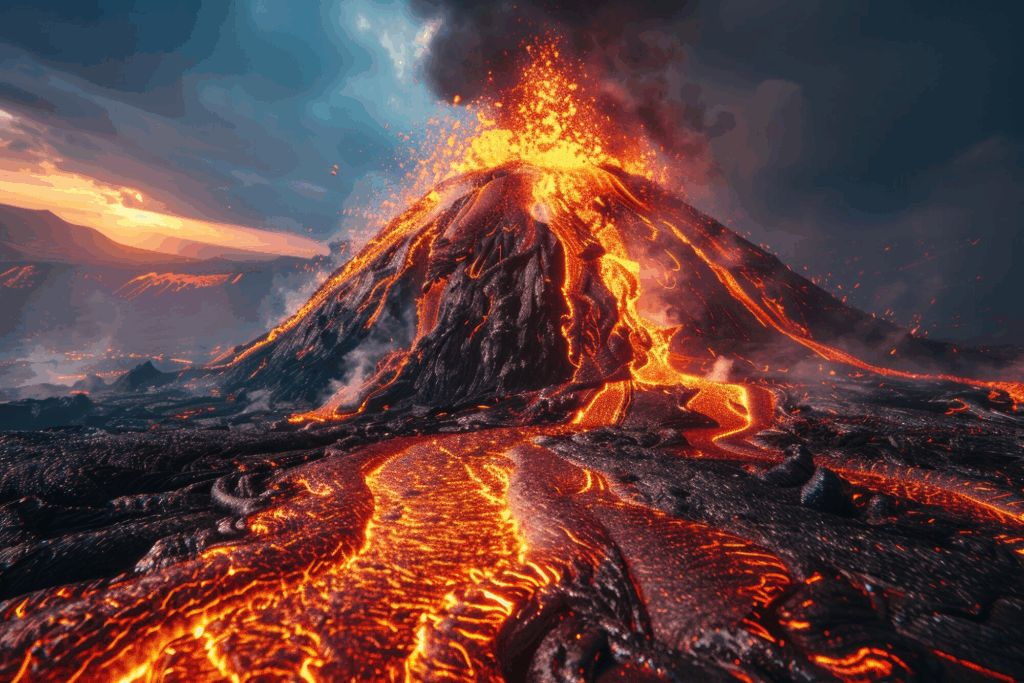
The key danger posed by Mount Rainier stems from its glaciers. Unlike some volcanoes where lava is the main concern, Mount Rainier’s ice can melt rapidly during an eruption or even from non-eruptive events like landslides or seismic activity. When the ice melts, it mixes with ash, rock, and debris to form fast-moving lahars that can travel at speeds of up to 60 miles per hour. These flows are capable of obliterating roads, bridges, and entire communities in minutes. Their unpredictability and sudden onset mean that authorities must remain constantly prepared.
Recognizing this threat, local and federal agencies have ramped up preparedness efforts. The U.S. Geological Survey (USGS) has installed monitoring equipment around Mount Rainier to detect seismic activity, ground deformation, and temperature changes. The Mount Rainier Volcano Observatory works closely with emergency management teams to ensure that warning systems are in place. In particular, the lahar warning system in the Puyallup River valley is one of the most advanced in the nation, designed to alert residents with enough time to evacuate safely.
Schools in high-risk zones conduct regular evacuation drills, and city planners have developed detailed lahar evacuation routes. Some towns even have “volcano evacuation maps” posted in public areas, and many local residents carry emergency kits in their vehicles. However, experts caution that public awareness and readiness still vary widely. Because Mount Rainier has not erupted in modern memory, some residents underestimate the threat or remain unaware of the mountain’s potential for disaster.
Climate change may further complicate the risk. As global temperatures rise, the glaciers on Mount Rainier may become more unstable. Increased rainfall, melting ice, and shifting weather patterns could all contribute to a higher chance of landslides or meltwater-triggered lahars, even without a volcanic eruption. Authorities are increasingly factoring in climate models as they update hazard maps and emergency plans.
In conclusion, Mount Rainier’s snow-covered peak is both a stunning natural wonder and a looming threat. The millions living in its shadow must balance admiration with caution. Scientists cannot predict exactly when the next lahar will occur, but history, science, and modern monitoring all point to the same truth: it is not a question of if, but when. Continued investment in public education, emergency infrastructure, and scientific research is essential to safeguarding lives when nature inevitably asserts its power once again.
News in the same category

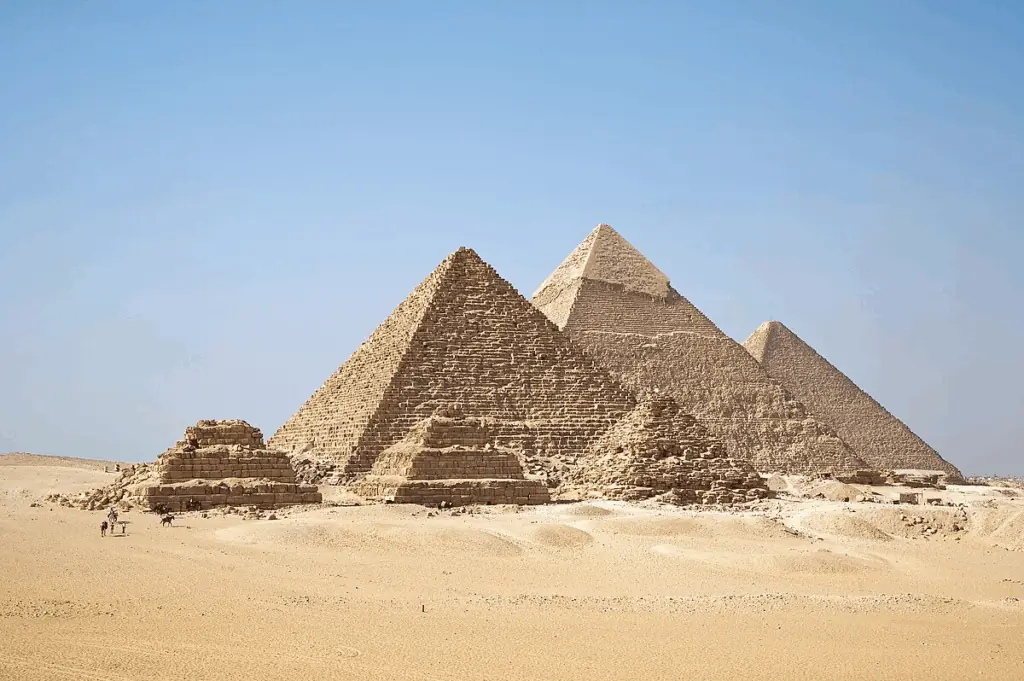
Experts Clash Over Claims Of Vast Underground City Beneath Pyramids — Discovery Sparks Global Debate

Is Death an Illusion? Quantum Physics Offers a Surprising Perspective

7 Signs Of Intestinal Parasites Living Inside Your Body
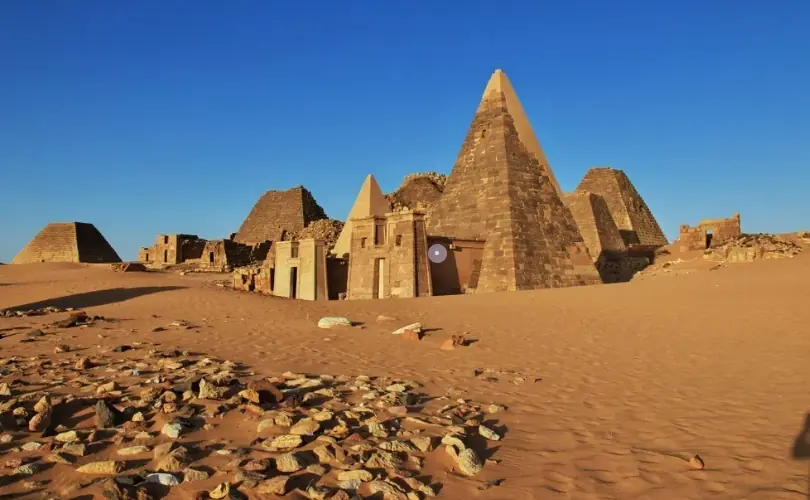
This 4,500-Year-Old Scroll May Have the Answer to Who Built the Pyramids
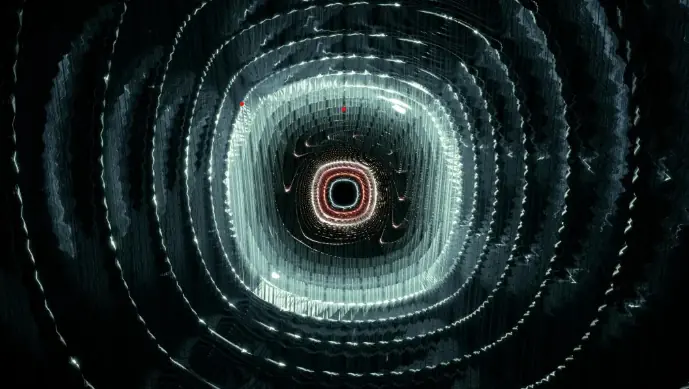
The Universe Could Undergo A ‘Catastrophic Change’ That Could Alter Absolutely Everything, Quantum Machine Warns

how to eat eggs

7 proofs that Jesus really existed
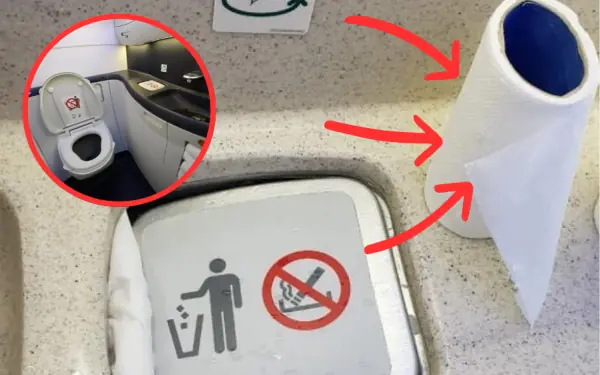
Never use toilet paper on an airplane

Eggs should not be stored in the refrigerator door

Actually it is

Why are public toilet doors always left open?

In Japan, the sink is built above the toilet for washing hands for what purpose?

Why the U.S. Leads in Pig Farming but Pork Isn’t Popular
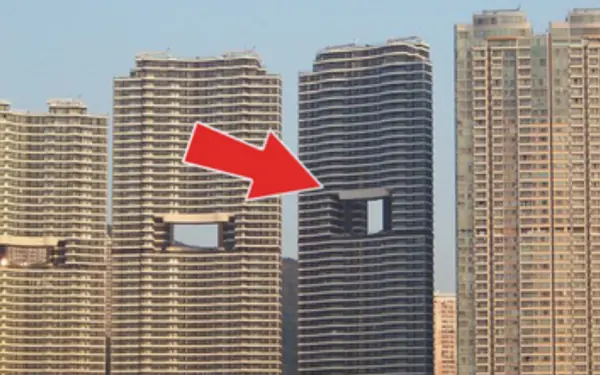
The interesting secret behind the super-large "holes" in the middle of high-rise buildings in Hong Kong

Many people still think the blue part of the eraser can erase ballpoint pen ink

Don't Drink Coconut Water

Many people still don't know why potato chips have this curved shape.

Most people don't know the reason
News Post

Eating Leftovers from the Fridge, a 50-Year-Old Man Dies: 5 Foods You Should Never Leave Overnight—If Leftover, Just Throw Them Away

Child Dies After Biting and Breaking a Thermometer—You Must Know What to Do When a Thermometer Breaks

Purple Dead Nettle (Lamium purpureum): A Wild Ally for Circulation and Heart Health

After Reading This, You’ll Always Carry a Lemon with You—It Might Save Your Life Someday

We Are Living in a Moment That No Human Before Us Has Ever Witnessed—An Actual Photograph of a Sunset on Mars

Urgent warning after girl is blinded from household product

MY DYING NEIGHBOR CALLED ME AND ASKED ME TO VISIT HER URGENTLY – THEN GAVE ME HER SECRET WOODEN BOX

I WOKE UP TO FIND MY FLAG GONE—AND A $20 BILL ON MY DOORSTEP

I TOOK MY NEPHEW TO THE FARM TO TEACH HIM A LESSON—BUT HE ENDED UP TEACHING ME ONE

Caring for our newborn meant missing dinner—my husband didn’t save me a plate

During the funeral, a crow lands on the little girl’s coffin

What This Oncologist Notices First in Most Cancer Patients Might Surprise You

Why you should never flush ticks in the toilet

Vaseline and Lemon: An Inexpensive and Effective Skincare Remedy

Eliminate Plantar Warts with These Natural Garlic Remedies

Experts Clash Over Claims Of Vast Underground City Beneath Pyramids — Discovery Sparks Global Debate

My Neighbor Tried to Kick Me out of My Own Home, Until I Found a Note That Said 'You Need to Know the Truth About Your Husband' — Story of the Day

The Essential Guide to B Vitamins: Benefits, Types, and How to Get Enough
